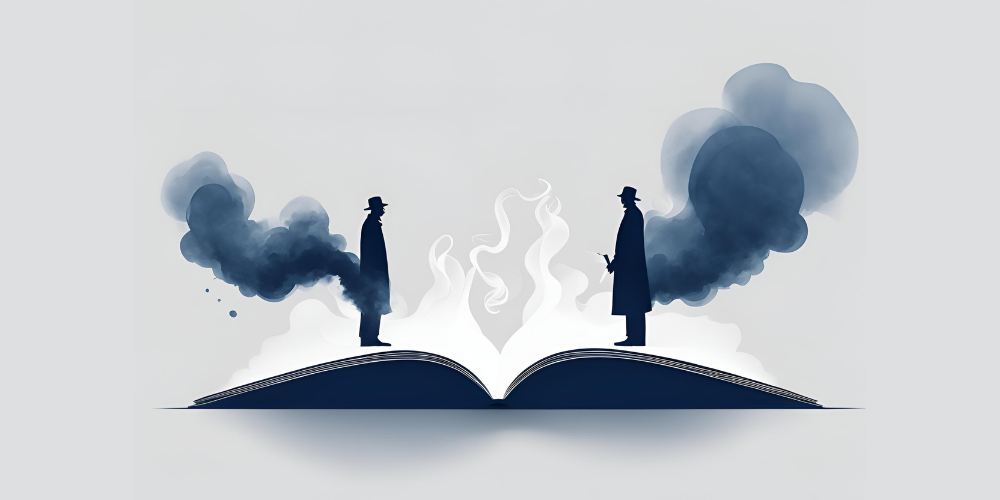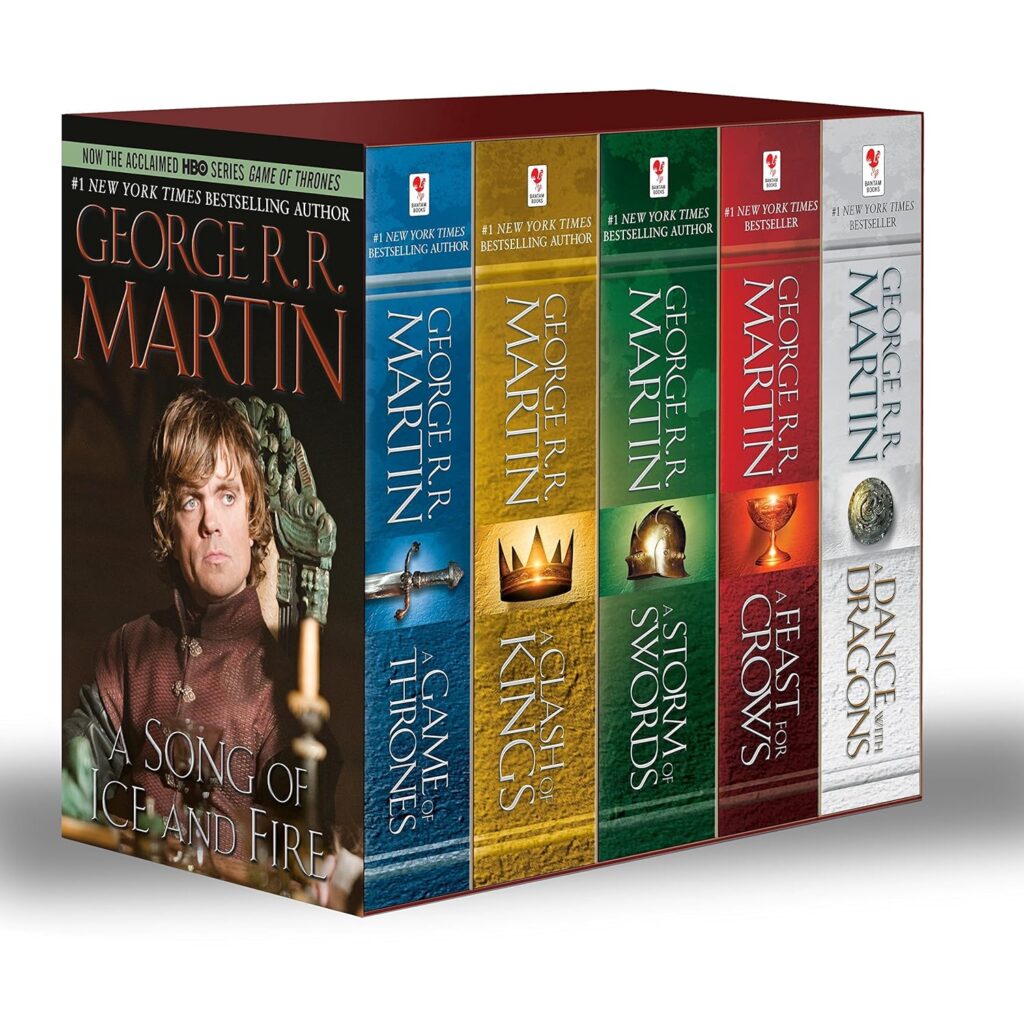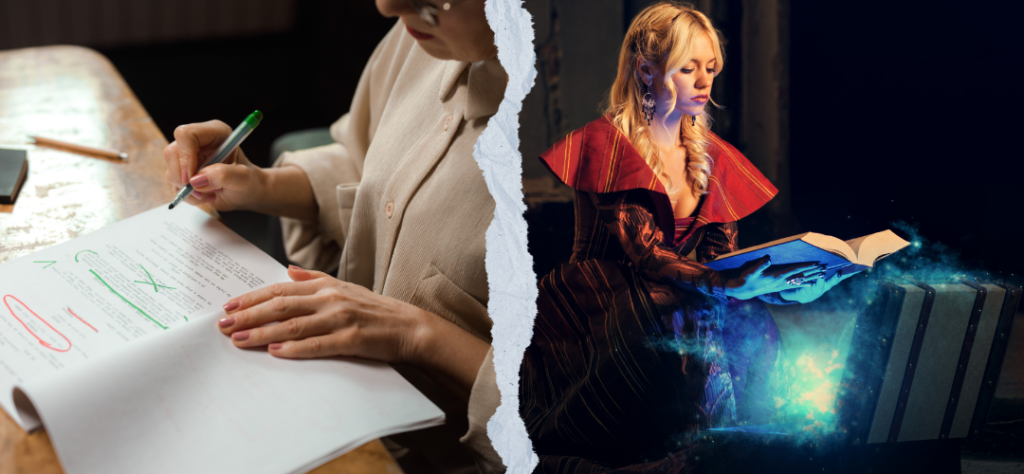Build Tension and Conflict:
Persuasive Storytelling
I think I use too many food analogies. So, in advance, I apologize and want to relate I am a foodie and it’s a real issue. Please forgive my mind for thinking of food….All.The.Time.
Let’s get on with this important blog. I want to talk to you about building tension and conflict in a persuasive story. This is not the same as building tension and conflict. It is the persuasive aspect that I’m addressing here. It’s like being a master chef in the kitchen of literary chaos, where you’re not just cooking up a story; you’re adding the perfect blend of conflict spices. You are writing this recipe for a Michelin Star. You don’t want to cook up your stories at Mel’s Diner. Think of persuasion storytelling as the soufflé – one wrong move, and it all falls flat (literally!). But worry not, I’m here to teach you how to whip up a narrative that’s so tension-filled, your readers will be chewing their nails like they’re at a suspenseful movie, and so conflict-ridden, even a soap opera character would take notes. So, grab your apron, or laptop, and let’s cook up a storm on those pages!
Every good story has conflict. I’ve read plenty of them. They entertained. But every great story has extreme tension and conflict. Novels like Dune by Frank Herbert and A Song of Ice and Fire series by George R.R. Martin offer not one conflict but multiple arenas of political conflicts, power struggles, and brutal wars.
The introduction of challenges or obstacles that your characters must overcome to create intrigue and maintain interest almost seems over the top. Not to pound the bread dough flat by using something so well known, but The Hunger Games by Suzanne Collins is chock full of conflict and tension. You cannot turn the page without seeing the dystopian world, the results of the Reaping, the actual Hunger Games kick-off, the survival and morality issues, romance and personal conflicts, the resistance, a rebellion, betrayal, and of course political intrigue with President Snow. Whew! Turn page, turn page, turn page. So much and yet we don’t want it to end. The Hunger Games is a gripping SFF novel that masterfully uses various forms of tension and conflict to create a rich story that drives the narrative and keeps readers on the edge of their seats.
To introduce persuasive conflict and tension you need to add External conflict of physical or situational challenges that characters must overcome. These conflicts can range from action scenes to survival challenges and obstacles. A great example that’s stood the test of time for readers is Jurassic Park by Michael Crichton of characters confronting external conflicts related to the escape of genetically engineered dinosaurs on an isolated island, leading to intense survival challenges. The Maze Runner by James Dashner where characters are placed in a mysterious and deadly maze, and the novel revolves around their efforts to escape and survive.
You must also add Internal conflict for characters to grapple with moral dilemmas, self-doubt, and conflicting emotions. These inner struggles add depth and relatability to characters. An obvious example of The Handmaid’s Tale by Margaret Atwood is the protagonist, Offred, facing internal conflicts as she negotiates her role in a dystopian society where women’s rights are severely restricted. The father in The Road by Cormac McCarthy struggles to confront his internal dilemma questions of morality, survival, and hope in the dark post-apocalyptic world.
A few excellent areas to add conflict and tension are Introducing Antagonistic Forces. Compelling antagonists who oppose the protagonist’s goals. See these examples:
- Harry Potter vs. Draco Malfoy – Harry Potter series by J.K. Rowling
- Katniss Everdeen vs. President Snow – The Hunger Games series by Suzanne Collins
- Ender Wiggin vs. Bonzo Madrid – Ender’s Game by Orson Scott Card
- Mat Cauthon vs. Galad Damodred – The Wheel of Time series by Robert Jordan
- Arya Stark vs. The Hound (Sandor Clegane) – A Song of Ice and Fire series by George R.R. Martin
The use of Dramatic Irony allows the readers to know something that the characters don’t. This can create dramatic irony, where readers are aware of impending conflict or tension, which adds a layer of engagement. For example, (and I hope this does not ruin this novel for anyone) The Picture of Dorian Gray by Oscar Wilde explores the consequences of moral corruption through the dramatic irony of Dorian Gray’s portrait aging while he remains perpetually young.
The use of Time Pressure is used to set deadlines or time-sensitive elements in your story. The urgency of time pressure can heighten tension as characters race against the clock. Inferno by Dan Brown forces Robert Langdon to race against the clock to solve a series of puzzles related to Dante’s “Inferno” to prevent a global catastrophe.
The ultimate writing skill of adding Dialogue as Conflict is a real test of the writing process. The author needs to engage the reader with a well-written confrontation or disagreement causing highly persuasive and engaging conflicts. Novels like The Lies of Locke Lamora by Scott Lynch feature witty and clever dialogues as part of the conflicts that arise during the heists and cons orchestrated by the protagonist, Locke Lamora, and his crew. Dialogue can be a powerful tool for conflict in science fiction and fantasy (SFF) novels.
And there you have it, my fellow wordsmiths, and storytellers! You’re now equipped with the art of building tension and conflict in your persuasive narratives. Remember, tension and conflict are your trusty sous-chefs in the grand kitchen of storytelling, helping you serve up tales that’ll leave your readers hungry for more. So, go forth and write with gusto because you’re now the master chef of narrative mayhem!
I also want to give a quick shout-out to PLOTTR software which is very intuitive. My new favorite writing aid. This plotting software is da bomb. Use any of my affiliate links below and I might get a small commission. Thanks.
Check out my Youtube channel for PLOTTR videos @jlnichauthorsff
Joseph Michael’s Learn Scrivener Fast e-course
Please read and review my serial publishing novel, Sparrow’s Legacy, on Kindle Vella. You can read the first three chapters free on Amazon by searching for “Sparrows Legacy Kindle Vella” or clicking here. I. Please subscribe to my website if you want to be notified when I’ll be publishing or to get free samples of my work.
JLNich, Science Fiction Fantasy Author






